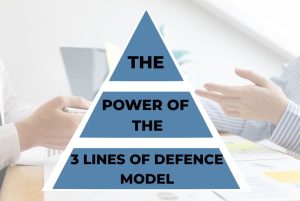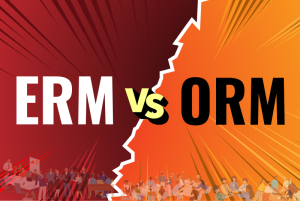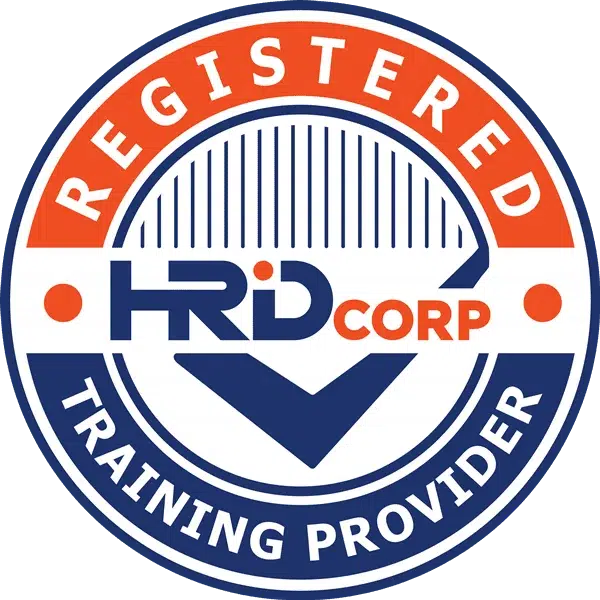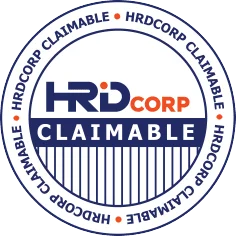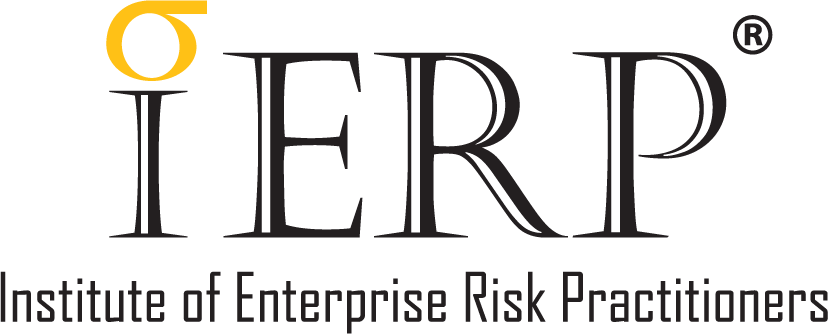ERM provides a holistic and systematic approach to managing an organisation’s overall portfolio of risks. Its framework, structure, processes, procedures and tools are particularly valuable when it comes to complex, long-term, issues as it enables the organisation to systematically identify, assess and monitor potential, actual and emerging risk exposures. The application of ERM is intended to manage all the risks of the business. Risk professionals should use ERM to manage Environmental, Social and Governance (ESG) risks because ESG is about sustainable development.; ESG risk is therefore one of the businesses’ risks.
Integrating ESG into ERM programmes, therefore, is about improving sustainability in the long run. This is crucial as the risk landscape has become increasingly dynamic, resulting in more complex risk factors. Stakeholders, too, are becoming more sophisticated and vocal, and calls are growing for companies to reconsider how they conduct their business.Substantial changes have to be made, which emphasise accountability, transparency and sustainability at all levels of operations. The call for risk approaches and strategies that integrate ESG standards into the organisation’s operational plans is another push for organisational agility, resilience and sustainability.
Sustainability initiatives that are set in place today can also create opportunities which can be implemented for long-term value creation. Their perspectives may differ but at their core, both ESG and ERM are trying to achieve the same thing. However, ERM has more structured processes while ESG still lacks clarity in some areas and currently emphasises more on disclosure. For practical purposes, therefore, ESG implementation can ride on ERM’s more structured frameworks, processes and procedures; it could even leverage the organisational support that ERM may have already generated across the enterprise, besides pooling the firm’s resources and reducing duplication.
There may be mutual benefits as well. In trying to put ESG programmes in place, many companies may find they may actually be invigorating and accelerating already-existing ERM programmes. Because both ESG and ERM are capable of reinforcing each other in a value-creating cycle, integrating the two can give new life and enthusiasm to established ERM programmes which may have lost their shine. More companies are embracing ESG today as a strategic business imperative because they recognise its potential to build long-term competitive advantage, enhance resilience, improve sustainability and attract socially and environmentally conscious investors, talent and customers.
Businesses that are forward-thinking about sustainability, especially, can gain the upper hand in competitive markets because of the increasing demand by stakeholders for organisations to be accountable and transparent – which are crucial components of both ERM and ESG. Also, industry regulations are increasingly requiring reporting on ESG issues, making it even more important to incorporate ESG risk management as part of ERM strategy. Companies are beginning to realise that ESG is more than just a compliance exercise, as stakeholders, particularly socially-conscious investors, begin to consider ESG-conscious organisations as safer investments. The surge in sustainable investing and evolving investors’ ESG expectations are encouraging companies to adopt ESG practices in order to access ESG friendly capital and hedge funds, thus amplifying growth.





















